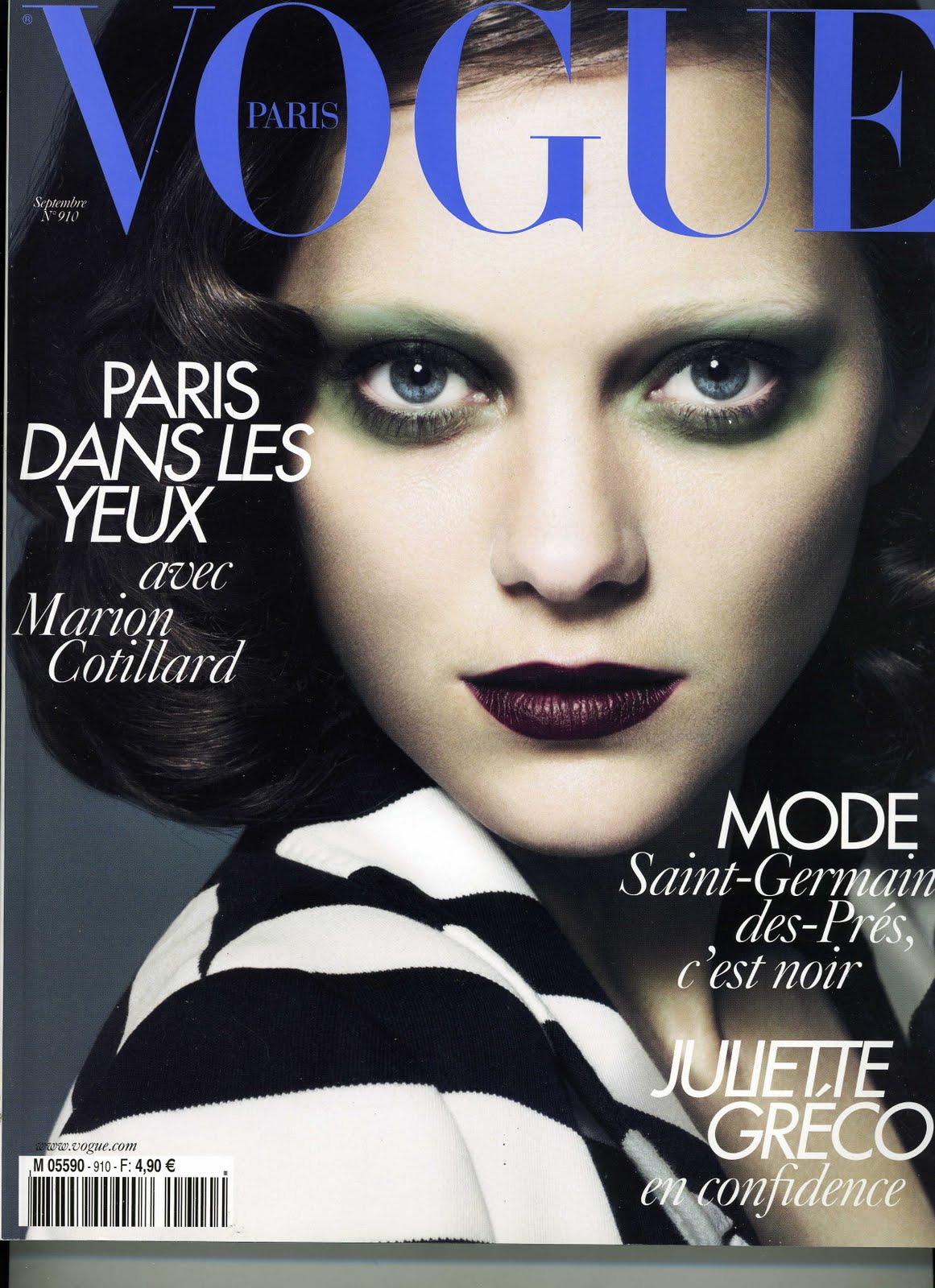In the realm of fashion, few publications elicit the fervor and reverence that surrounds Vogue, particularly its iconic magazine covers. This quintessential fashion periodical stands at the intersection of culture and couture, serving as a mirror that reflects societal trends, gender dynamics, and artistic expression. For many, the allure of a Vogue cover transcends mere aesthetics; it evokes a deeper appreciation for the nuanced relationship between fashion and identity.
At first glance, a Vogue cover is an opulent tableau of glamour—a carefully curated image replete with flawless models adorned in haute couture. The striking visual often draws the observer’s eye, yet it is the narratives woven within these images that provoke curiosity and contemplation. Each cover encapsulates a telling moment, whether it be an artistic interpretation of the season’s trends, an exploration of cultural themes, or a commentary on the zeitgeist.
One might ponder why the mere sight of a Vogue cover incites such intrigue. Is it the artistry of the photography? The allure of the garments? Or perhaps, it is a combination of myriad factors that coalesce to form a singular visual experience. While fashion can often be cast as frivolous or superficial, it possesses the remarkable capacity to articulate the subtleties of human existence.
Vogue covers have historically showcased the evolving ideals of beauty and femininity. In the early days of the magazine, the focus was predominantly on presenting a homogenous standard of beauty, often aligning with Eurocentric norms. However, in recent years, there has been an intentional shift toward inclusivity, featuring models of diverse ethnicities, body types, and gender expressions. This evolution signifies a burgeoning recognition that beauty is multifaceted and can be represented in myriad forms.
The covers effectively function as a barometer for cultural transformation. For example, the emergence of plus-sized models and campaigns advocating for body positivity speaks to a larger shift in societal values—a movement that challenges the narrow definitions of beauty that had long been perpetuated by the industry. Each cover can thus be scrutinized not only for its visual appeal but also for the social dialogues it ignites.
Moreover, Vogue has become a platform for addressing pressing societal issues. Many covers have featured themes that touch upon political consciousness and environmental awareness. In a world grappling with the ramifications of climate change, certain editions have demonstrated a commitment to sustainability in fashion. By showcasing eco-friendly brands and practices, Vogue plays an instrumental role in shaping public discourse around the urgent need for environmental responsibility.
The symbiotic relationship between fashion and culture is further exemplified through the collaboration of Vogue with influential artists, photographers, and designers. Each partnership contributes to creating a unique narrative that challenges traditional norms. For instance, contemporary photographers inject an artistic flair into the cover designs, often employing innovative techniques that elevate the visual narrative beyond conventional boundaries. This interdisciplinary approach not only garners attention but also enriches the visual vocabulary of the magazine.
As one contemplates the sheer impact of Vogue covers, it becomes evident that they serve a greater purpose than that of mere imagery. They encapsulate the zeitgeist, providing a historical record of changing aesthetics and societal values that span generations. Through each cover, readers witness the dialectic interplay between fashion and the broader cultural milieu. Such a lens reveals how fashion is not just about clothing but rather a powerful form of expression that reflects collective consciousness.
Moreover, the fascination with Vogue covers can also be attributed to the aspirational nature of fashion. The imagery encapsulates a lifestyle that, while tantalizing, often eludes the average consumer. It cultivates a dream that resonates with people on a personal level, evoking a desire to embody the elegance and sophistication portrayed. This desire has sustained a symbiotic relationship between fashion consumers and the magazine, leading to a perpetuation of trends that evolve from cover to cover.
However, this aspirational element begs the question of accessibility within the fashion industry. As Vogue serves as the gatekeeper to haute couture, it simultaneously wields significant influence over which trends ascend to prominence. The imagery presented on each cover can dictate consumer behavior and significantly impact brands, both new and established. Hence, it becomes imperative to recognize the responsibility that accompanies such influence.
In contemporary discourse, the criticism surrounding Vogue’s ethical implications has become increasingly relevant. As societal awareness regarding sustainability grows, the magazine faces scrutiny regarding its engagements with brands that may not adhere to ethical practices. In response to these criticisms, Vogue has begun to spotlight initiatives aimed at fostering sustainability and promoting ethical fashion—efforts that suggest an evolving paradigm within the fashion narrative.
Ultimately, the allure of Vogue magazine covers lies in their capacity to evoke contemplation on multiple levels. They reveal the complexities of identity, the evolution of societal norms, and the interplay between aspiration and accessibility. The striking visuals serve as access points to a deeper dialogue about culture, politics, and the future of fashion in an increasingly interconnected world. Each cover is not merely a snapshot in time; it is a testament to the ever-evolving narrative of humanity’s relationship with beauty and expression, reflecting our values, ideals, and aspirations in a tangible form.
